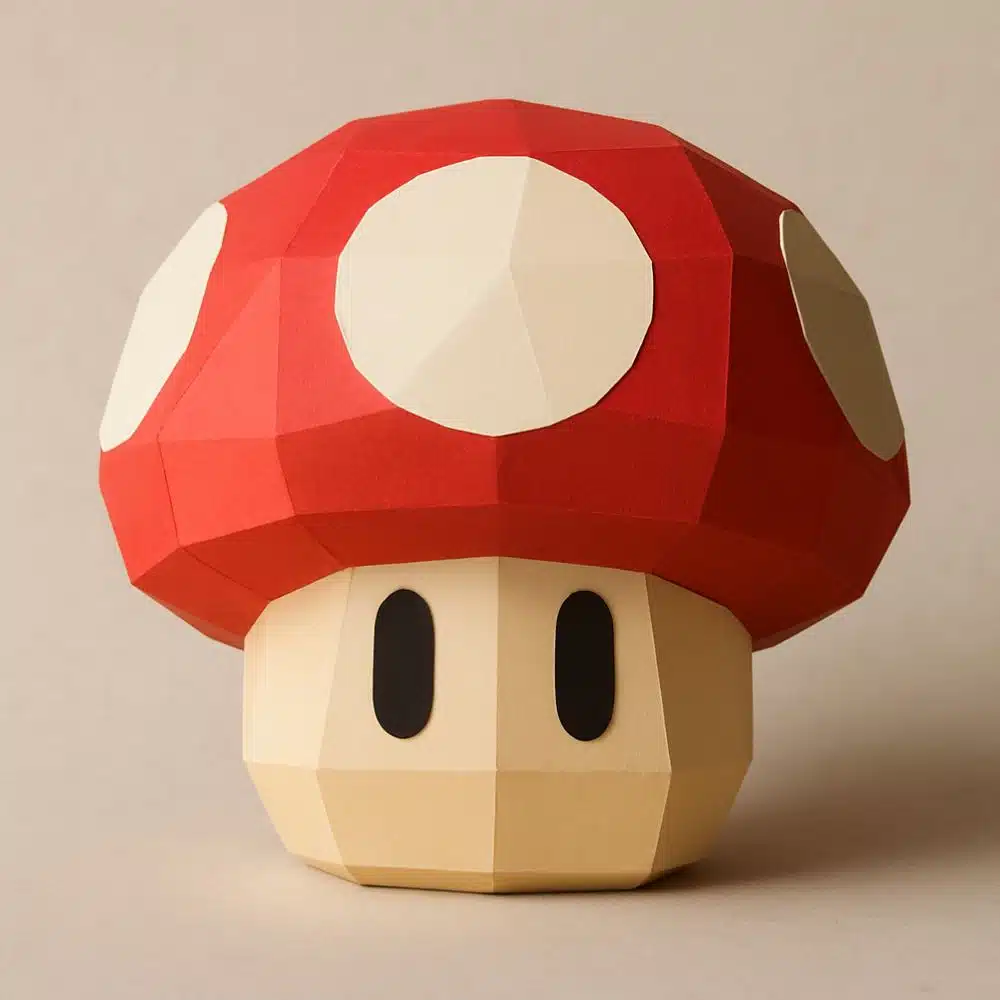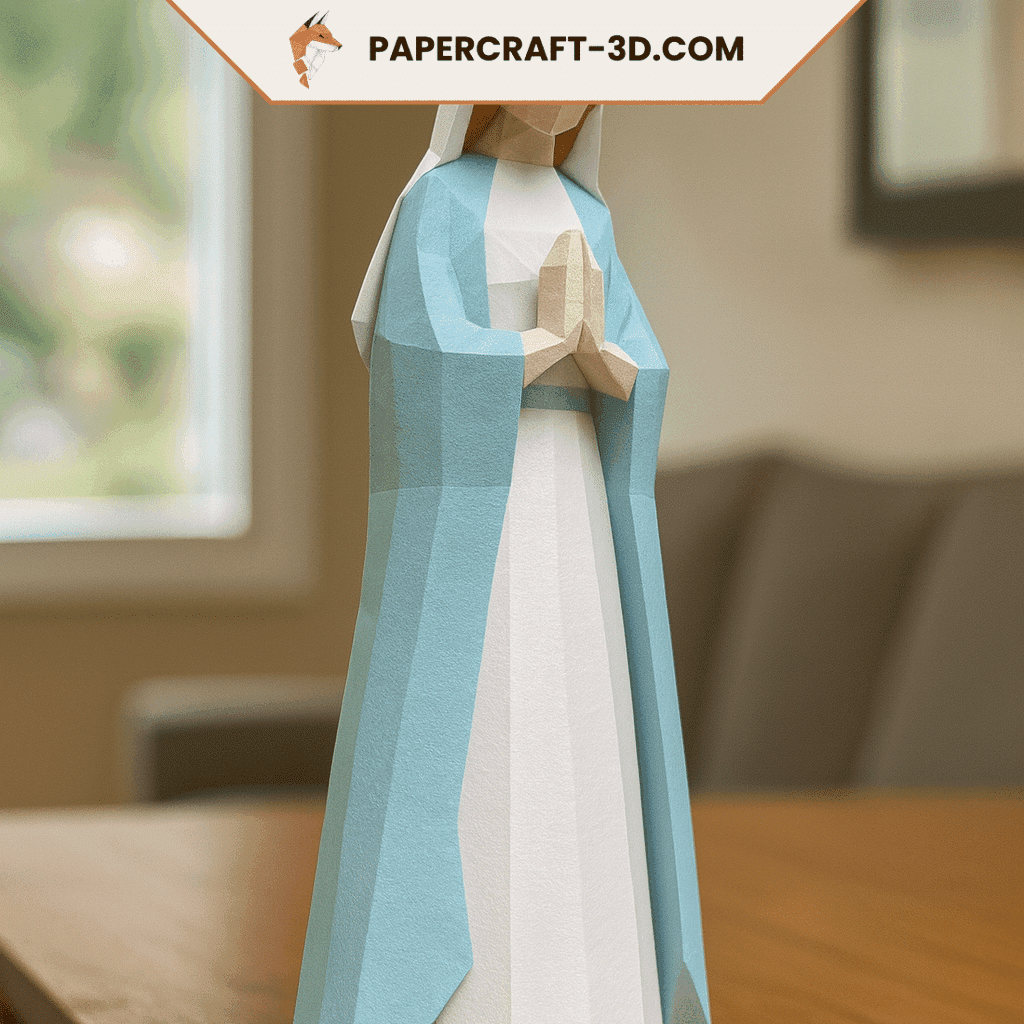Have you ever felt a sense of peace and tranquillity on entering a room? Perhaps the space was uncluttered, with soothing natural colors and a harmonious layout. It’s the effect of a Zen atmosphere. In 2024, 67% of French people are looking for this serenity in their homes, especially in their living room – the heart of their home. So how can you infuse this peaceful atmosphere into your own space?
| Key points to remember |
|---|
| Minimalism: The essence of Zen is simplicity. The less clutter, the more freely energy can flow. |
| Natural colors: Soft, nature-inspired hues can help create a sense of calm and peace. |
| Nature indoors: Introducing natural elements such as plants or stones can enhance the sense of harmony. |
| Furniture placement: A well thought-out layout is essential to maintain balance and promote the flow of energy. |
| Soft lighting: subdued light helps create a relaxing atmosphere. |
Understanding the Zen atmosphere
What exactly is aZen atmosphere? Rooted in the teachings of Buddhism, this philosophy advocates minimalism, naturalness and balance. It can be applied to many areas, including interior design.
Minimalism: less is more
Simply put, minimalism encourages living with less. It’s an approach to living that promotes simplicity and eliminates clutter. In Zen decorating, this translates into an uncluttered space where every object has its place and purpose. The idea is not to create an empty space, but rather one that is harmonious and restful for the mind.
Natural: Bringing nature indoors
One of the fundamental principles of Zen is respect and love for nature. By incorporating natural elements into your living room, such as plants or organic materials (wood, stone), you create a direct link with nature. This not only brings a touch of freshness to your interior, but also creates a soothing ambience.
Balance: the key to a Zen space
Balance is at the heart of the Zen concept. It’s not just about balancing visual elements such as colors, shapes and textures; it’s also about considering the balance between the different objects in the room. A well-balanced living room is one in which all the furniture and objects are in harmony with each other.
- Minimalism: keep your furnishings simple and uncluttered to avoid unnecessary clutter.
- Natural: use organic materials such as wood or stone, and add plants to create a connection with nature.
- Balance: make sure all your furniture and objects are in harmony with each other to create a sense of peace.
With these principles in mind, you’re ready to transform your living room into a true Zen-inspired haven.
How to create a Zen atmosphere: Decoration ideas
Creating a zen atmosphere in the home, especially in the living room, can seem complex. However, with a few well-thought-out decorating ideas and simple tricks, this challenge becomes achievable.
Opt for natural colors
The use of natural colors is a mainstay of Zen decorating. Soft, soothing shades of off-white, beige, light grey or pale green are ideal for creating a relaxing atmosphere. These hues evoke nature and promote a sense of calm.
Go for minimalism
In the Zen spirit, less is more. Minimalism advocates simplicity and the elimination of the superfluous. By decorating your living room sparingly, each element takes its place and contributes to the overall balance of the room. Choose furniture with clean lines and avoid too many ostentatious decorative objects.
Bringing nature indoors
Nothing is more soothing than contact with nature. Introducing natural elements such as houseplants, pebbles or wood can help create a Zen atmosphere in your living room. Plants purify the air while adding a touch of greenery that echoes the outside world.
Soft lighting for a cosy ambience
Lighting plays an essential role in creating a serene atmosphere. Choose soft light sources such as dimmable lamps or scented candles to create a warm, welcoming atmosphere.
| Ideas for Zen Decoration: |
|---|
| Natural colors: Off-white, Beige, Light gray or Pale green |
| Minimalism: furniture with clean lines and few decorative objects |
| Nature Intérieure: Indoor plants, Pebbles or Wood |
| Soft lighting: Dimmable lamps or scented candles |
Here are a few ideas to help you create a Zen atmosphere in your living room. Remember, the aim is to create a space that invites relaxation and well-being.
Placement and use of space: a key role in creating a Zen atmosphere

Let’s move on to another essential dimension in creating a zen atmosphere in your living room: the placement and use of space. Zen places great importance on the notion of space. It’s not just a question of the volume available, but also of how this space is used.
The importance of emptiness in Zen
Emptiness plays a key role in Zen. A clean, uncluttered space promotes peace of mind and allows energy to flow freely. That’s why we recommend not overloading your living room with too much furniture or decorative objects. Let your room breathe!
Balance and harmony in furniture layout
In Zen interior design, every element has its place and contributes to creating a sense of balance and harmony. To achieve this, choose a symmetrical arrangement of furniture. For example, if you have two sofas, place them facing each other or at an angle to form a harmonious square or rectangle.
Object orientation
The orientation of objects is also important. In fact, certain Feng Shui principles can be applied to improve the circulation of energy (or “Chi”). For example, avoid seating with backs to doors or windows, and make sure nothing obstructs the passage.
Playing with heights
Play with different heights to add dynamism to your living room.Now that we’ve explored how the placement and use of space can help create a Zen atmosphere in your living room, let’s find out how our origami and 3D papercraft products can enrich this soothing atmosphere…
Bring Zen into your home with Papercraft-3D.com
Looking for a zen-like atmosphere in your living room? Our unique origami and 3D papercraft creations are the solution. At Papercraft-3D.com, we’re convinced that the art of paper folding, imbued with serenity and simplicity, has a place in your Zen space. Imagine a magnificent origami in the shape of a lotus on your coffee table, or a 3D papercraft of a bonsai tree on your bookshelf. These decorative elements add a natural, uncluttered touch, essential to a Zen atmosphere. Visit our store and be inspired by our works of paper art.
What is a Zen atmosphere in a living room?



















